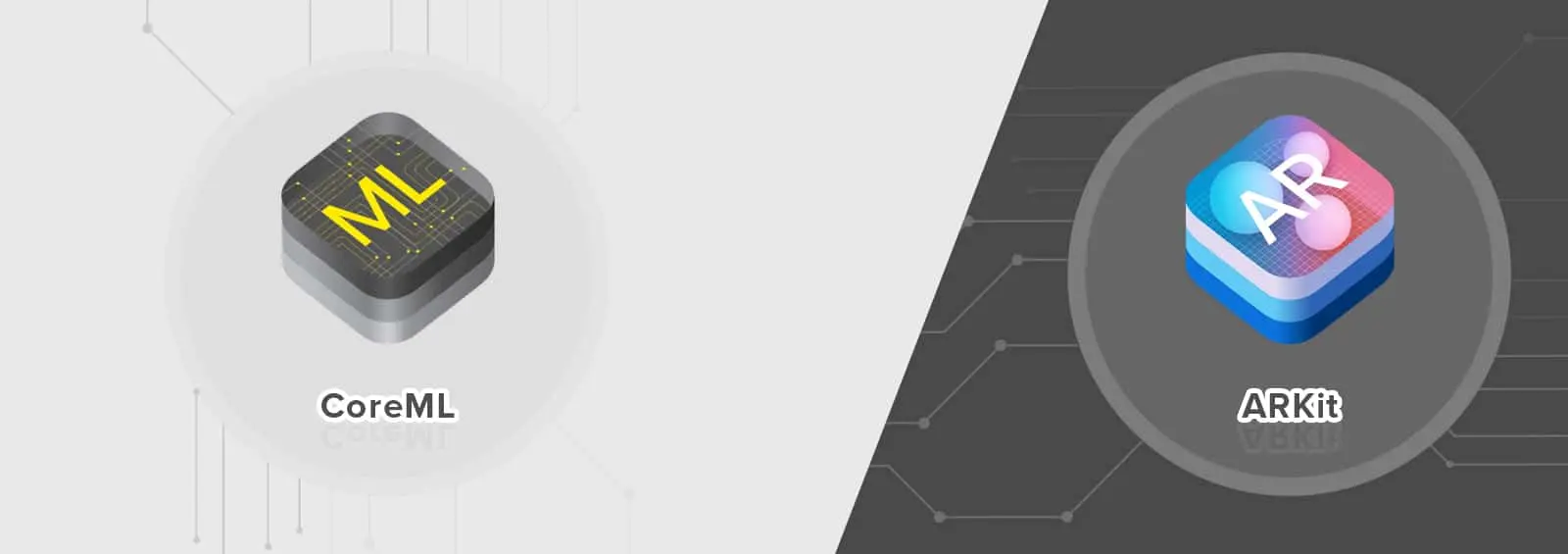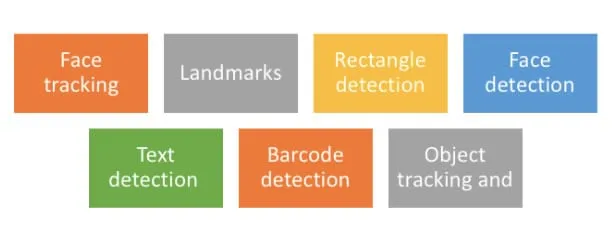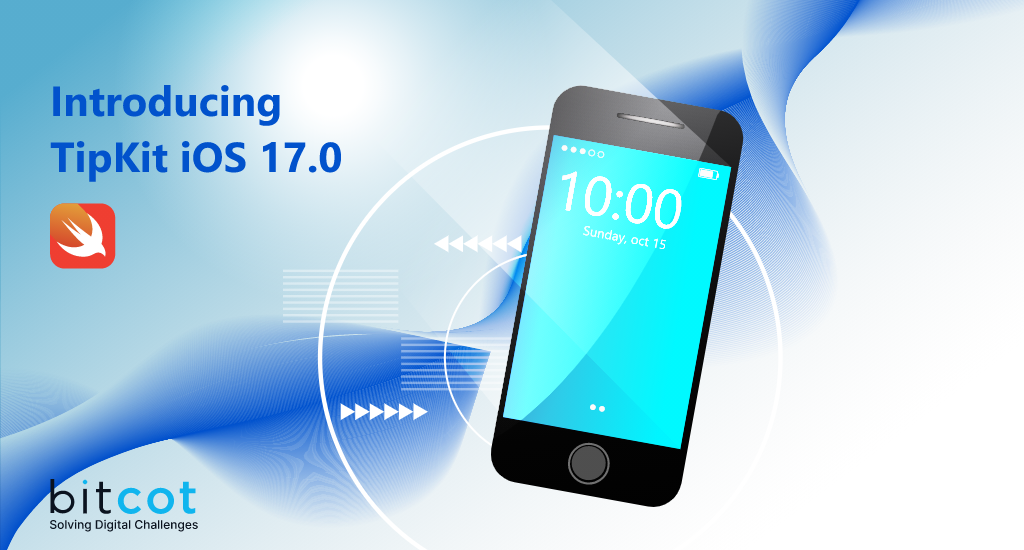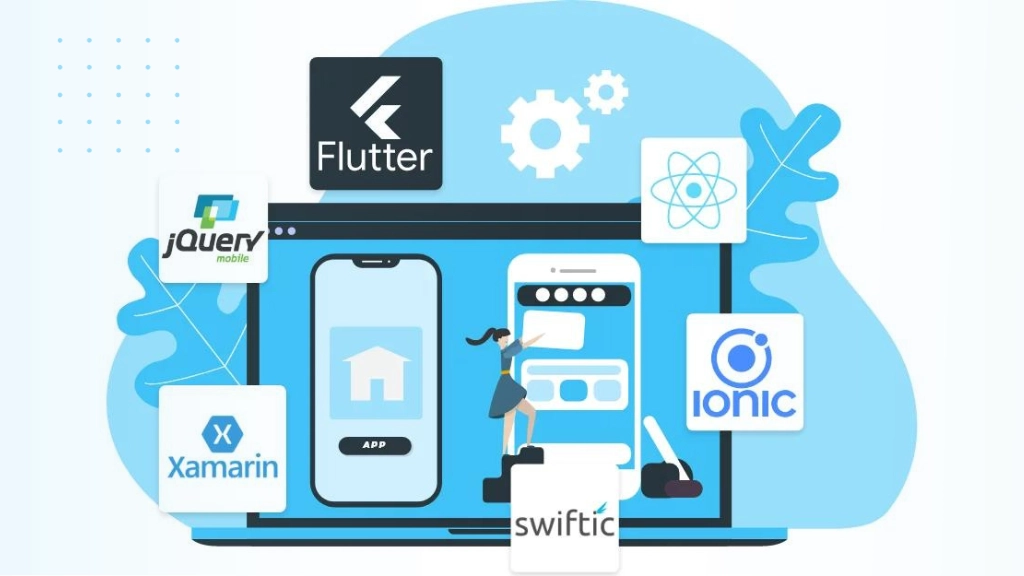
Apple’s newest Frameworks: ARKit makes the exciting world of augmented reality available to every iOS developer and Core ML helps integrate ML model into your iOS apps.
Core ML is an energizing new structure that makes running different machine learning and factual models on macOS and iOS feel natively supported.
Core ML helps you in three ways:
- Core ML supports a wide variety of machine learning models. From neural networks to generalized linear models, Core ML is here to help.
- Core ML facilitates adding trained machine learning models into your application. This goal is achieved via coremltools, which is a Python package designed to help generate an .mlmodel file that Xcode can use.
- Core ML automatically creates a custom programmatic interface that supplies an API to your model. This helps you to work with your model directly within Xcode, allowing you to work with it like it is a native type.
To understand more about creating Core ML you could refer to the link given below; https://developer.apple.com/documentation/create_ml/
Using Core ML 2 in Apps:
Core ML 2 gives you a chance to integrate a broad variety of models into the app. Apart from that, extensive deep learning with over 30 layer types, it also supports standard models such as tree ensembles, SVMs, and generalized linear models. Like Metal and Accelerate the low- level technologies are used to build on, Core ML seamlessly takes advantage of the CPU and GPU to provide maximum performance and efficiency. The learning models can be runned on the device so data doesn’t need to leave the device to be analyzed.
We can easily integrate ML in your app for following features

ARKit is a framework that would operate the camera and motion sensor in order to build an augmented reality experience within the app/game.
- The use of ARKit enhances the 2D/ 3D view in worldviews, undertaken by the use of device camera.
- It also combines the device motion tracking, camera scene capture and display in order to ease the process of building the AR experience.
- ARKit will run on the device which has A9 and above chips set.
- The many steps involved to build an AR experience which are briefly explained are as follows;
Tracking: It is to match the visual inertial odometry (VIO). The VIO is a method to be able to create the correspondence between real world and virtual spaces. This method uses data from the motion sensor and computer vision analysis of a scene using data gathered from different video frames and it combines this scene data with motion sensor data to provide the high precision data which is about the position and motion.
Scene Understanding: Hit testing, light estimation and detection.
Rendering: Due to rendering, it provides AR view, easy integration and custom rendering.
With the use of ARKit, the virtual elements can be placed in the real world after the completion of tracking and scene understanding.









